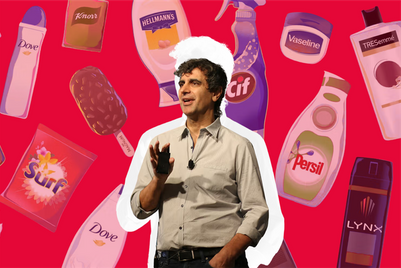
Whether you are communicating to your own employees, to financial analysts or to brand fans, you will face this choice over and over again. Recently, when I asked an audience of hundreds of communications officers which they would lead with, they split down the middle.
Nobel Prize Laureate Daniel Kahneman once did research using colonoscopies to gauge the difference between what he calls the "experiencing self" and the "remembering self". It turns out humans are made up of two very different selves, but in the end, so to speak, only one rules. "The remembering self is a storyteller," Dr Kahneman says. "What we get to keep from our experiences is a story."
In his study, he monitored two groups of patients. One group underwent an uncomfortable procedure for about 20 minutes. The second group suffered for about twice as long. However, while the procedure ended abruptly for the first group, it ended gently for the second lot. The patients rated their discomfort minute-by-minute and then, rated the whole experience. Despite undergoing twice the duration of discomfort, the second group rated the whole experience far less uncomfortable versus the first.
Kahneman discovered that how things end determines how our remembering self captures the whole experience in retrospect. Those patients who had the happier ending were more likely to repeat the procedure.
So while your delivery of news may not be so bad as a colonoscopy, it is a lesson that perhaps it is better to lead with the bad news and finish with a happier ending.
Christopher Graves is global chairman, Ogilvy Public Relations, chair of the PR Council and a trustee of the Institute for PR. Follow or tweet him at @cgraves.





.jpg&h=334&w=500&q=100&v=20250320&c=1)
.jpg&h=334&w=500&q=100&v=20250320&c=1)

.jpg&h=334&w=500&q=100&v=20250320&c=1)

.jpg&h=334&w=500&q=100&v=20250320&c=1)
.jpg&h=334&w=500&q=100&v=20250320&c=1)







